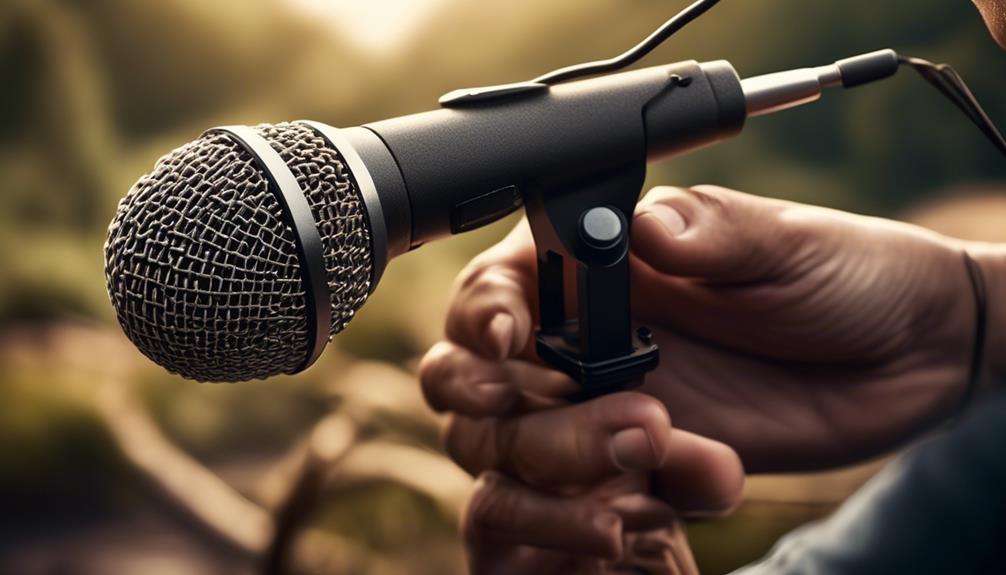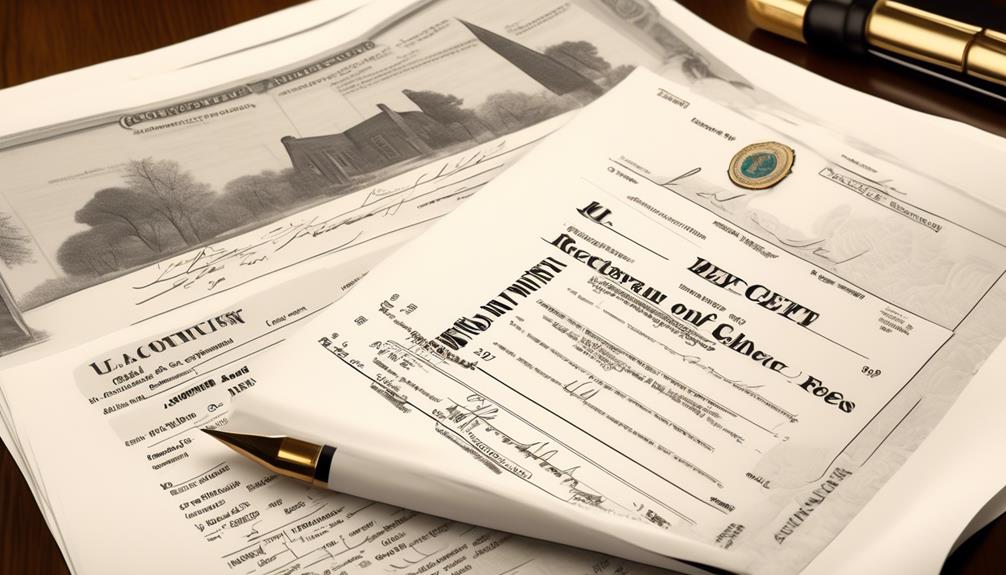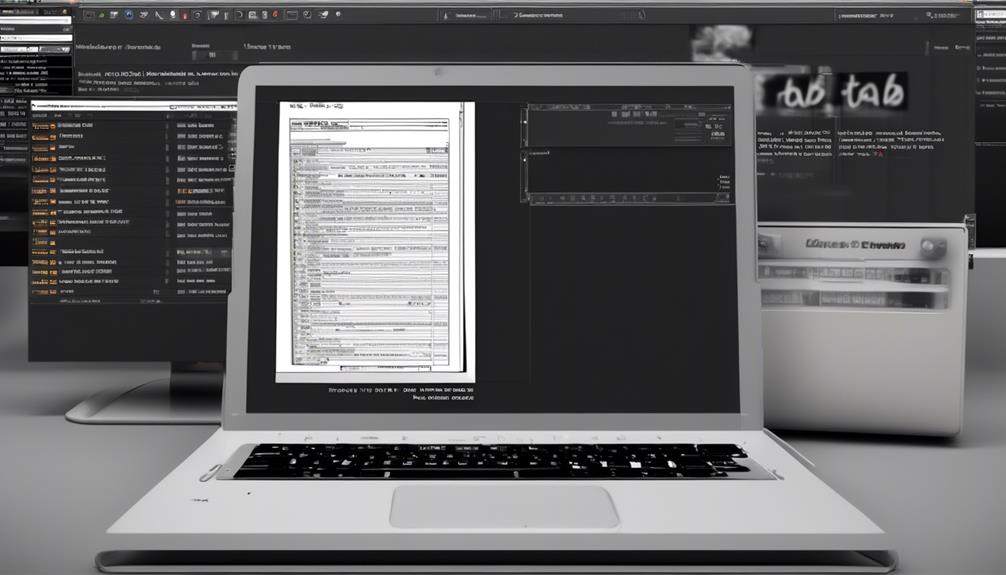Field recordings serve as portals to the world of sound, providing a peek into the diverse range of auditory experiences that envelop us.
But have you ever wondered why people feel the need to venture into the field to capture these sonic moments? The reasons are as diverse as the sounds themselves, ranging from the preservation of cultural heritage to the exploration of new artistic frontiers.
So, what motivates individuals to embark on this sonic journey?
Key Takeaways
- Field recordings capture authentic soundscapes, providing a sensory experience beyond auditory stimulation.
- Field recordings preserve cultural and environmental heritage, documenting indigenous music, disappearing languages, and raising awareness about conservation efforts.
- Field recordings inspire music and art, offering diverse sound options for sound designers and musicians, and contributing to music production, sound design, and scientific research.
- Field recordings contribute to the study and documentation of natural phenomena, capturing intricate sounds and enabling detailed documentation of individual elements within the natural world.
The Appeal of Authentic Soundscapes
Field recordings offer an unparalleled opportunity to immerse oneself in the authentic and unaltered sounds of our surroundings. As field recordists, we capture natural soundscapes in their purest form, free from the artificial manipulation of a studio environment. This valuable skill enables us to explore and preserve the acoustic environments that define our world, from the serene whispers of a forest to the rhythmic symphony of urban life.
The appeal of authentic soundscapes lies in their ability to transport listeners to the very heart of an environment. These recordings provide a sensory experience that goes beyond mere auditory stimulation, allowing us to feel the texture of a place through sound. As field recordists, we become custodians of these sonic treasures, documenting the subtle nuances and grand spectacles of nature and human activity.
Immersing ourselves in natural soundscapes through field recording fosters a profound connection to the world around us. It heightens our awareness of the sonic tapestry that envelops us, inspiring a deep appreciation for the beauty and diversity of our acoustic surroundings.
Ultimately, the appeal of authentic soundscapes lies in their ability to enrich our lives, stimulate our creativity, and deepen our understanding of the natural and human-made world.
Capturing Cultural and Environmental Heritage
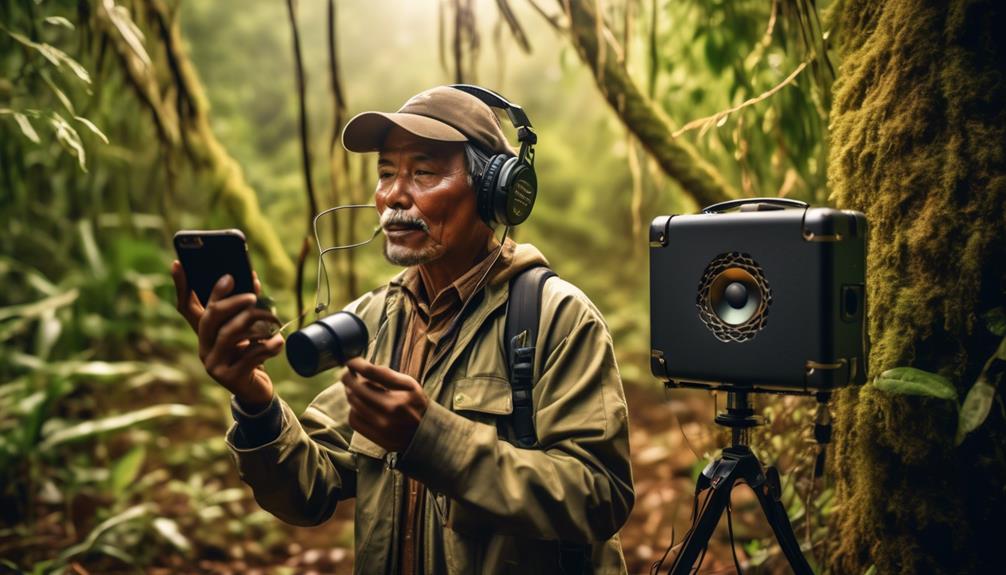
Preserving indigenous music, traditional rituals, and environmental sounds for future generations is a crucial aspect of capturing cultural and environmental heritage. Field recordings play a vital role in this endeavor, as they allow us to document disappearing languages, folklore, and oral histories through audio recordings.
By capturing audio, sound designers and people record the essence of different cultures, communities, and locations, preserving their sonic identity for posterity. Additionally, recording natural sounds and landscapes not only documents environmental changes but also raises awareness about conservation efforts. This serves as a powerful tool in advocating for the protection of our planet's natural resources.
Moreover, these recordings contribute to the creation of sound libraries, ensuring that these cultural and environmental treasures are accessible for research, education, and artistic endeavors. Through field recordings, we aren't just capturing audio; we're safeguarding the rich tapestry of our cultural and environmental heritage, ensuring that it resonates through time for future generations to experience and appreciate.
Inspirations for Music and Art
Exploring the captivating sounds of nature and diverse cultures serves as a wellspring of inspiration for musicians and artists alike. Field recordings provide a treasure trove of authentic and unique sounds that can enhance the creative process.
These recordings not only contribute to sound libraries but also offer a diverse range of sound options for sound designers and musicians. The sonic world is a rich tapestry of auditory experiences that can inspire new musical compositions, experimental sound effects for film and video games, and innovative artistic expressions.
As we immerse ourselves in the first recordings made with high-quality equipment like the Sennheiser MKH series, we gain a unique perspective on sound and the environment. The raw, unfiltered sounds captured in the field open doors to creativity and experimentation, providing endless opportunities for artists and musicians to integrate these sounds into their work.
Such inspirations not only fuel the creative process but also contribute to various fields such as music production, sound design, scientific research, and environmental conservation.
Studying and Documenting Natural Phenomena
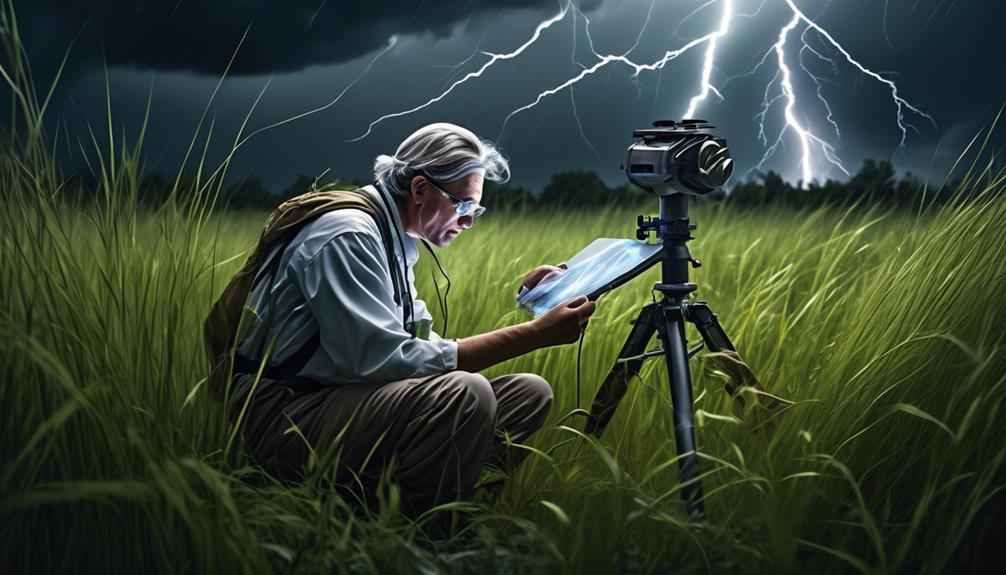
Venturing into the wilderness with sensitive recording equipment allows us to capture the intricate sounds of natural phenomena, providing valuable insights into the sonic environment.
When studying and documenting natural phenomena through field recordings, the use of omnidirectional microphones enables us to capture the full 360-degree sound field, preserving the authenticity of the environment.
Additionally, cardioid microphones help in isolating specific sounds, allowing for detailed documentation of individual elements within the natural world. This meticulous approach to sound capture ensures that the dynamic range and complexity of natural sounds are faithfully represented in the recordings, offering a comprehensive sonic experience.
Moreover, the choice of sample rate in field recordings is crucial, as it directly impacts the fidelity and accuracy of the captured sounds. As recordists prefer higher sample rates for capturing natural phenomena, the nuances and subtleties of the environment are accurately preserved, providing an immersive and authentic listening experience.
Through these precise and deliberate recording techniques, we can effectively study and document the rich tapestry of natural phenomena, contributing to a deeper understanding of the intricate sonic landscape.
Fostering Connection and Awareness
Encouraging a deeper connection with nature and the environment, field recording fosters mindfulness and appreciation of everyday sounds and surroundings. Engaging in field recordings allows us to truly listen and connect with the world around us.
The act of setting up equipment, such as the highly directional RODE NTG microphone or the versatile Zoom H recorder, encourages us to be present and attentive to the nuances of sound. By actively participating in capturing the sonic environment, we become more aware of the subtleties and diversity of the natural world. We're prompted to try recording different perspectives, experimenting with stereo imaging to convey a sense of space and dimensionality.
In sharing and preserving these recordings, we foster awareness and appreciation for the beauty and richness of our sonic surroundings. The process of field recording isn't just a technical endeavor; it's an opportunity to deepen our connection with the environment and to cultivate a more profound understanding of the world through sound.
Frequently Asked Questions
What Is the Purpose of Field Recording?
Field recording serves various purposes, including:
- Creative expression
- Environmental preservation
- Sound documentation
- Cultural research
- Audio storytelling
- Nature immersion
- Sonic exploration
It allows us to capture authentic sounds from the environment, offering a diverse and creative sonic palette. Engaging in field recording inspires creativity, provides a unique perspective on sound, and contributes to mental health and well-being through mindful and therapeutic activities.
What Are Field Recorders Used For?
We use field recorders to capture ambient sounds in natural environments, wildlife recordings, and cultural preservation. They're essential for exploring soundscapes, creating documentary soundtracks, and environmental storytelling.
Field recordings provide unique and organic elements to compositions, enriching the sonic world. They also serve as a mindful and therapeutic activity, promoting well-being and connecting with nature through sound recording.
What Is the Difference Between Field Recording and Studio Recording?
We definitely nailed down the key differences between field recording and studio recording.
In field recording, the emphasis is on capturing authentic environmental sounds, adding a sense of place and spontaneity to audio projects.
This contrasts with studio recording, which prioritizes precision, control over audio quality, and capturing sound in a more controlled environment.
The equipment differences, natural acoustics, and artistic expression play crucial roles in shaping the atmosphere of the recordings.
What Is a Field Recording Genre?
Field recording encompasses diverse genres, including nature sounds, urban environments, soundscapes, audio documentaries, ambient music, experimental art, and wildlife recordings.
It captures authentic sounds from various environments and serves as a rich resource for creative expression and sonic exploration.
These recordings provide unique perspectives on the environment, inspire creativity, and contribute to the richness and authenticity of sound design across a wide range of artistic and practical applications.
Conclusion
In the end, field recordings are like little time capsules, preserving the essence of a moment or a place. They allow us to listen to the world with new ears and appreciate the beauty and diversity of our surroundings.
Just as a photograph captures a moment in time, a field recording captures a moment in sound, allowing us to relive and share the magic of the sonic world.

